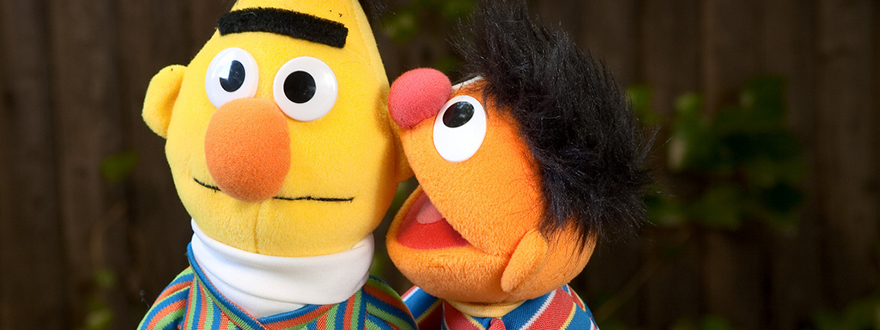
Oct 11, 2018 12:00:00 AM
by Araya Baker
Araya Baker is a counselor, suicidologist, and policy analyst. Baker has published commentary and public scholarship in The New York Times, The Washington Post's The Lily, Huffington Post, Education Post, Vice, Buzzfeed, The Mighty, The Tennessean, and other platforms. Araya earned a master's in professional counseling from the University of Pennsylvania Graduate School of Education and a master's in human development and psychology from the Harvard Graduate School of Education.
Few issues in education spark more tension and debate than standardized testing. Are they a tool for equity or a burden on students? A necessary check on school systems or a flawed measure of...
Charter schools are public schools with a purpose. Operating independently from traditional school districts, they're tuition-free, open to all students, and publicly funded—but with more flexibility...
Despite the benefits of a diverse teaching force, prospective teachers of color fall out of our leaky preparation pipeline at every stage: preparation, hiring, induction, and retention. Here’s what...
Ed Post is the flagship website platform of brightbeam, a 501(c3) network of education activists and influencers demanding a better education and a brighter future for every child.
© 2020-2025 brightbeam. All rights reserved.
Leave a Comment